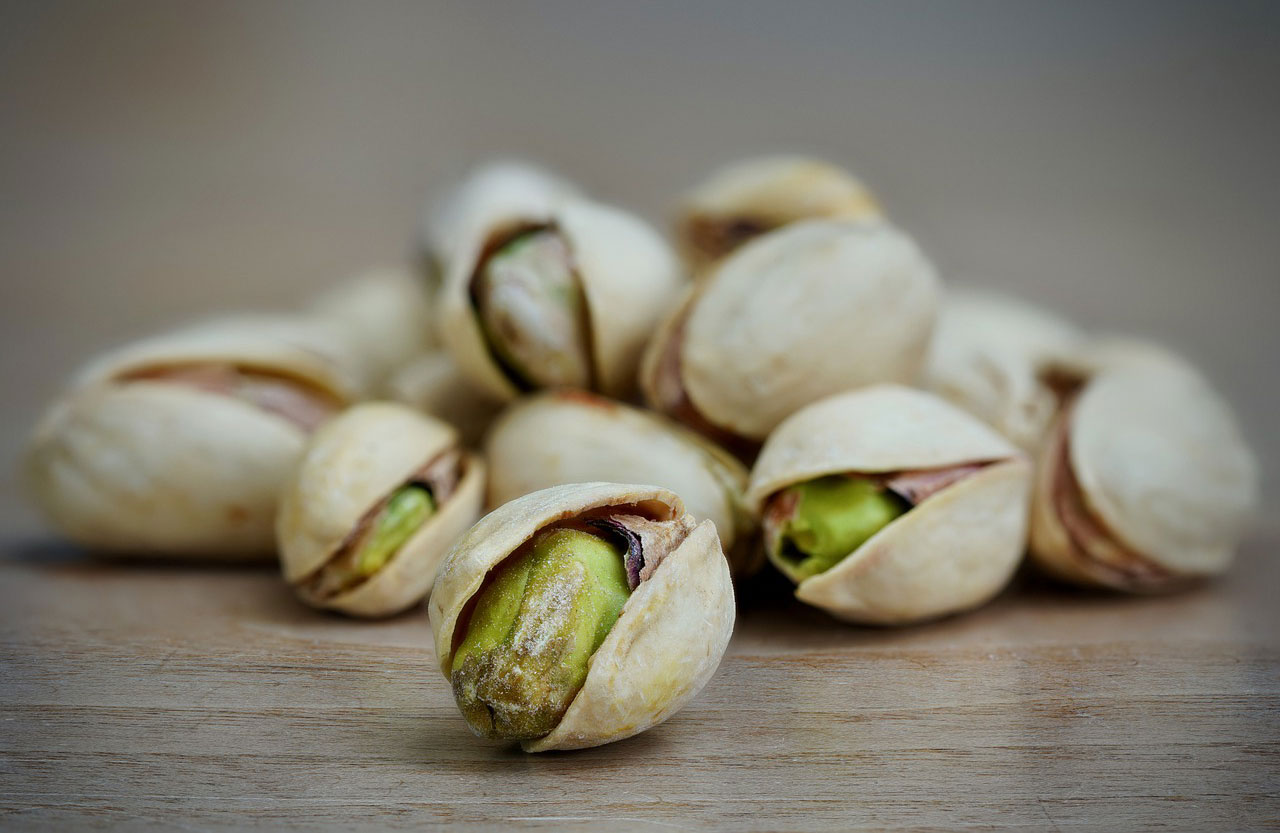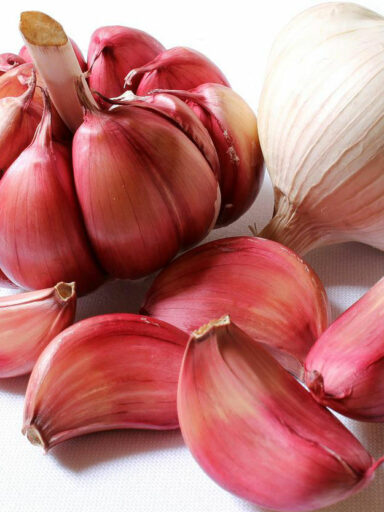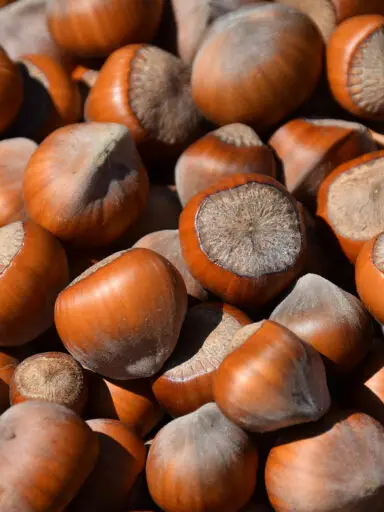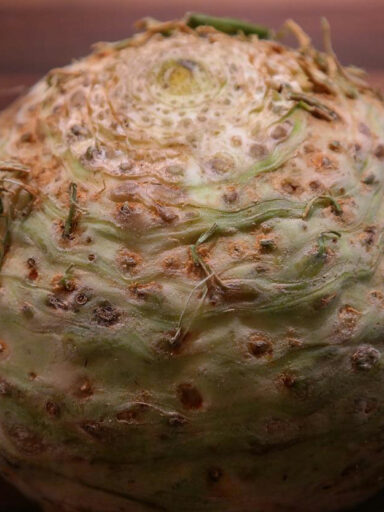The pistachio or pistachio nut is a small tree that produces nuts that are eaten as food. They are believed to originate from the Central Asia region and the Middle East. These nuts are related to the cashew nut.
The pistachio is highly tolerant of saline soil and is naturally a desert tree. They survive equally in hot weather as well as winter conditions. Again where there is high humidity the pistachio will not do well as they are susceptible to root rot if the soils are not well-drained.
To ripen, the crop requires long hot conditions to facilitate this. The tree grows to about 10 meters tall with leaves leaching about 20 centimeters long. The trees are come dioecious, with separate male and female trees with the fruit of this tree being classified as a drupe which bears the edible seed. It is therefore not a botanical nut but can be classified as a culinary nut.
The shell covering the nut turns from green to reddish when it ripens as well as splits open. Commercial pistachios are commonly dyed red or green which is more of ceremonial practice.
The tree lives for decades and has rich optimal production levels at about 20 years of age. The tree is a biennial tree where the harvest is optimal in alternate years.
The world’s major producers of pistachios are Iran, the United States, Turkey, and China respectively. They are available in markets and stores all throughout the year. They may be sold shelled or unshelled. They also come salted, roasted, and sweetened. It is preferable to purchase unshelled nuts.
Either way, you need nuts that are vibrant and not withered. They should have uniform color and should feel heavy for their size. Avoid nuts with cracks, bruises, mold, or a rancid smell. Any cracks should be a natural split. They can be stored in a cool dry place for several months.
Shelled nuts should be stored in an airtight container and kept in a refrigerator to prevent them from turning rancid.
Preparing the Pistachio for Culinary Uses
The nuts can be eaten raw or salted and sweetened. You can have them roast or deep fry cooked. Generally, they can be prepared in any way that peanuts or macadamia can be prepared. To consume them you usually need to crack the hard shell between the fingers or use a nutcracker.
These nuts are popular also as toppings and garnishes in dessert and fruit salad dishes. They are also commonly used in Ice cream desserts and ice cream Sundae preparations. They are a popular ingredient in making Baklava pastry found in Armenia, Iran, and Turkey among other Middle Eastern nations.
Nutritional Benefits
Pistachios are rich in energy, fats, proteins, vitamins, and minerals. They contain no cholesterol but pack in 557 calories per 100 grams. They are rich in protein, fat, and dietary fiber. In terms of vitamins, they are rich in B-complex vitamins.
These nuts are a great source of folates, pantothenic acid, and riboflavin. They are extremely rich in pyridoxine and thiamin. They are also a good source of vitamin A, vitamin C, and vitamin E.
The minerals that are packed into these nuts include potassium, calcium, and large amounts of copper. Also included are iron, magnesium, manganese, phosphorus, selenium, and zinc.



